At 11 years old, Kate Gazaway flew overseas for her first mission trip, and she’s been restless ever since. The bubble of life in the suburbs that she had known growing up outside of Atlanta had been burst, and her eyes were opened to an entirely new world. Eleven years later, she graduated with a photojournalism degree to pursue a passion. In 2011, Kate founded Picture Change, an organization that teaches photography to help individuals discover their creativity, develop or rebuild their self-confidence, and picture change through their new knowledge of photography. Today, she resides in East Nashville and travels to Nicaragua, Montenegro, Uganda and beyond to spread Picture Change and maintain the relationships she’s formed in those place. We’re thrilled to introduce you to today’s impactful, inspiring FACE of Nashville, Kate Gazaway!
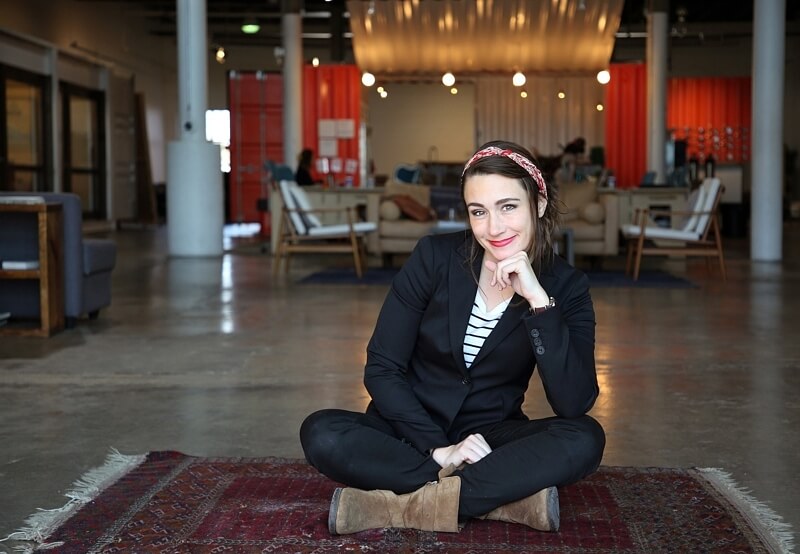
How long have you been taking photos? Was there a specific moment you remember feeling drawn to photography?
I’ve always taken after my mom and grandmother, documenting our family with whatever cameras we had. Something changed in me when I went to Swaziland, Africa, in 2005 to do leadership training seminars in high schools there. That trip really opened my eyes to harsh realities and injustices endured by innocent people.
I came back passionate about doing something, but feeling so helpless as I shared these tragedies. I started showing some photos I had taken along with these stories in galleries and coffee shops, whoever would have me. Oh, and on MySpace, of course.
Seeing how people would feel empathy, engage with the subject and be inspired to take action flipped a switch in me to use photography as a platform to create more good. I took my first film photography class later that year and then switched colleges and majors to pursue photojournalism.
Tell us about the concept of Picture Change. What is the goal and how does it work?
Picture Change provides photography education and resources to students in developing countries, empowering them to tell their own story, earn income and become proactive documentarians and leaders in their community. We begin with the basics and then, within 6 to 10 weeks, move into documentary storytelling technique and basic business skills. The students facilitate a ‘giving back day’ in which they use their new photography skills to benefit others, such as photographing and distributing family portraits or ‘glamour pics’ for widows in the village. To conclude each project, we host a community-wide gallery show championing the students’ hard work and celebrating the lives they have documented in a fun, public event. The donated camera gear is entrusted to our partner organization so the students can continue their photography and have an opportunity to earn their own camera. Thus far, Picture Change has worked in India, Montenegro, Uganda, four unique projects in Nicaragua and with refugees resettled in Nashville, Tennessee.
RELATED: You Won’t Believe What This Nashville Student Has Already Accomplished
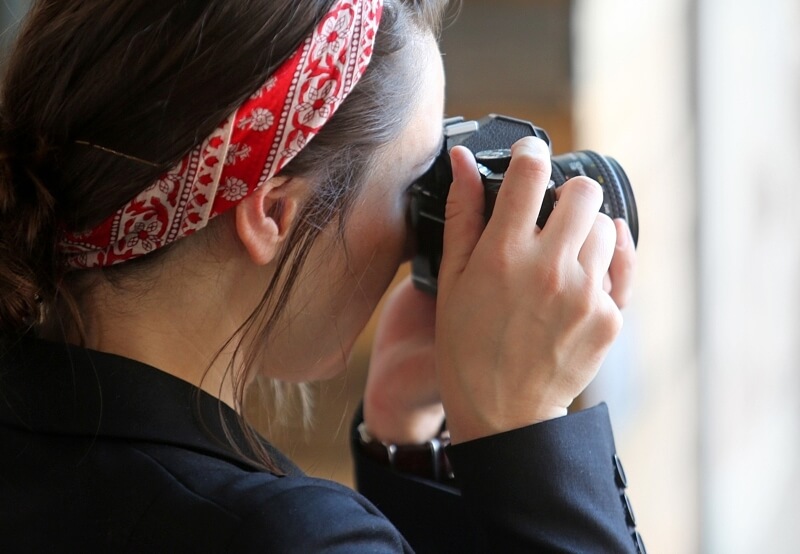

How did you come up with the idea?
A significant catalyst for Picture Change was the documentary Born Into Brothels by Zana Briski. She spent years documenting the lives of prostitutes in Calcutta, India, eventually conducting photo lessons with the children of the prostitutes and striving to provide a way out of the brothels using their photography.
After graduating I wanted to “travel and help people,” but I had no idea what that would look like on a real-life level.
It wasn’t until 2011 (in the midst of waitressing, shooting weddings and other odd jobs) that I agreed to help an organization in Nicaragua with humanitarian photography. I originally was only going to stay a couple of weeks but (oops!) changed my plane ticket and ended up staying for two-and-a-half months so I could continue teaching. I knew something significant had come into being.
Could you share a photo and a special story behind it from one of your trips?
In 2012, I taught photography to five women who had been rescued from brothels and forced prostitution in India. One Sunday I took them to have high tea at a mansion-turned-hotel built during the British colonial days. We walked the grounds, the girls picking flowers and photographing each other. All around us were stunning hills and tea fields as far as the eye could see. Suddenly, they began to run and twirl and laugh, snapping (blurry) photos the whole time.
I had tears in my eyes to see such unfettered freedom, knowing what sort of torture they had been through. Even though photography may not be able to reverse the trauma they have experienced, twirling and playing that day was evidence of strength, confidence and healing in front of and behind the camera.
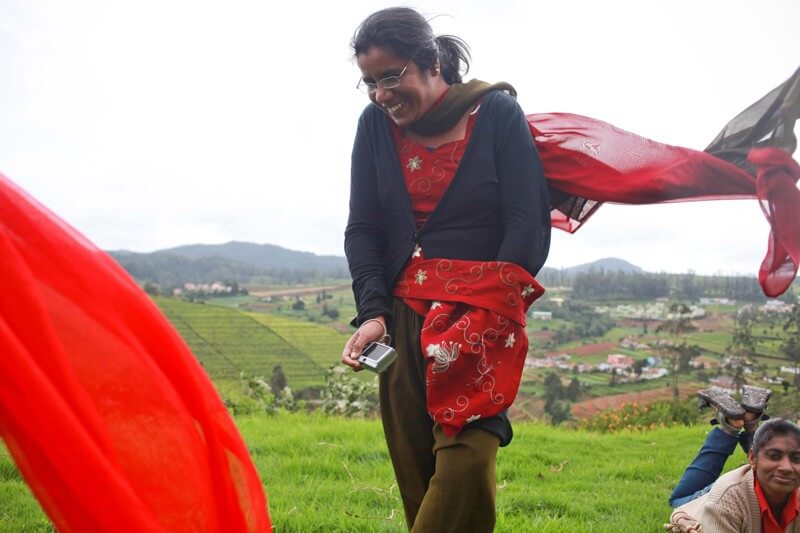
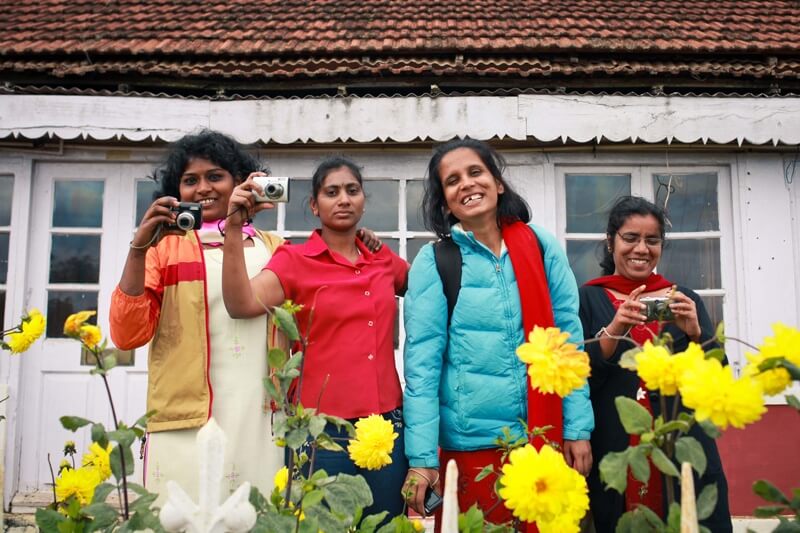
Tell us a little about Picture Change’s role in Nashville.
Nashville has been an incredible home base for Picture Change (and me). In April of 2014, Picture Change conducted a project with refugee students in Nashville entitled “Redefining Refugee.” We partnered with ESL To Go, a division of the Tennessee Foreign Language Institute. These students had arrived in the United States with little more than a duffel bag of belongings and had spent the past few years adjusting to a new life in the United States. The photography they produced was original and intimate, showing ‘normal’ scenes of home with their own unique cultural flair.
In 2018, we premiered ‘Stories From the Source,’ a gallery show featuring student photography from around the world at WeWork in East Nashville. Visitors were amazed by the depth and unique perspective of this photography. I even had one woman approach me and share how she grew up in a refugee camp and to see the way my refugee students shared their lives was so powerful for her. It was a beautiful night. Some of this work is currently hanging in Good Wood, and I’m hoping to display ‘Stories From the Source’ in more locations throughout Nashville and the Southeast (to start with).
Have you had any mentors or leaders who have guided you in your photo journey?
I grew up going on mission trips and doing humanitarian work. However, I had a subconscious hero mentality due to my privilege and the mantra that the poor needed my help and that I could “save the world.” These ideals shifted when I met Rosa Umanzor Diaz.
Rosa was one of my very first photography students in Padre Ramos, Nicaragua, and is now one of my best friends. Developing a relationship with Rosa and others in her village has completely altered the way I view poverty and interact with “the poor.” Patiently, they have shaped my hero mentality into a position of humility, learning to work with these communities and integrate their knowledge and skills rather than impose my well-intentioned-but-not-always-effective ideas. The conversations I’ve had with Rosa and our collaborative efforts over the past few years have been critical to our work and sustained success in these communities.
RELATED: Beyond the Point with Claire Gibson
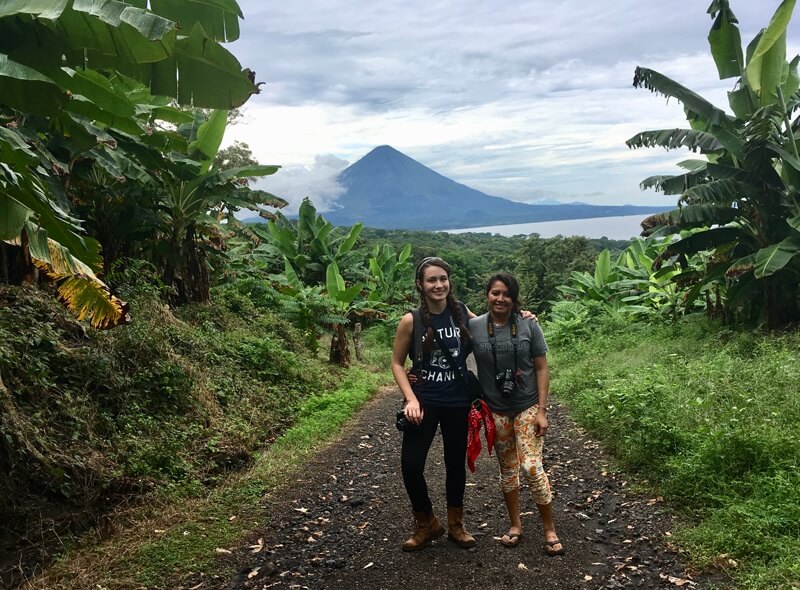

What is the best advice you’ve ever received and from whom?
“The answer must be, I think, that beauty and grace are performed whether or not we will or sense them. The least we can do is try to be there.” — Annie Dillard, Pilgrim at Tinker Creek
This is one of my favorite quotes/life advice because all of this would be happening without us, we just have the privilege to be here in this place and this time. It’s a reminder for me to be less controlling and more present; to show up and appreciate the beauty and grace that’s happening within and around me. It’s opened my perceptions of people, the world and my place in it. I’m just happy to be here.
Aside from faith, family and friends, what are three things you cannot live without?
- My flannel shirt. I have a few of them, but it’s basically an instant security blanket/armor whenever I’ve got it on.
- Music. My mind is a constantly chaotic, nonstop place. Music helps me calm down, focus, get energized or be inspired.
- Pen and paper. When I need to process life, make plans, distill inspiration, etc, I’ve got to write it down.
Thank you so much, Kate, for sharing and for the change you are making! To learn more about Picture Change or to get involved (there are so many opportunities!), visit picture-change.org. And thank you to Leila Grossman of Grannis Photography for the beautiful photos of Kate!
**********
These two physicians are healthcare leaders who are making an impact in their respective fields. Get to know our newest FACES of TriStar and find out more about the impact they’re making at TriStar StoneCrest and beyond. Click HERE!




















